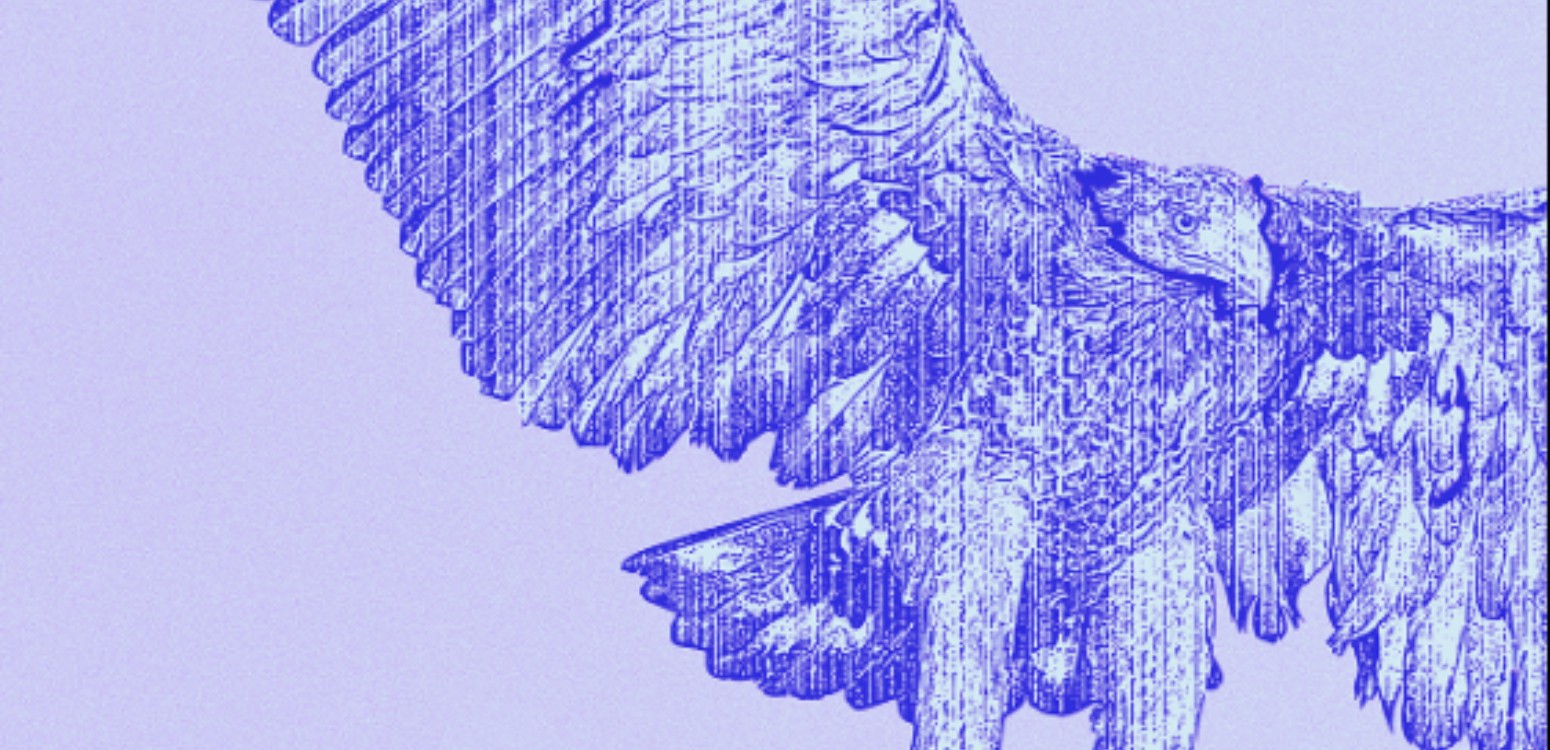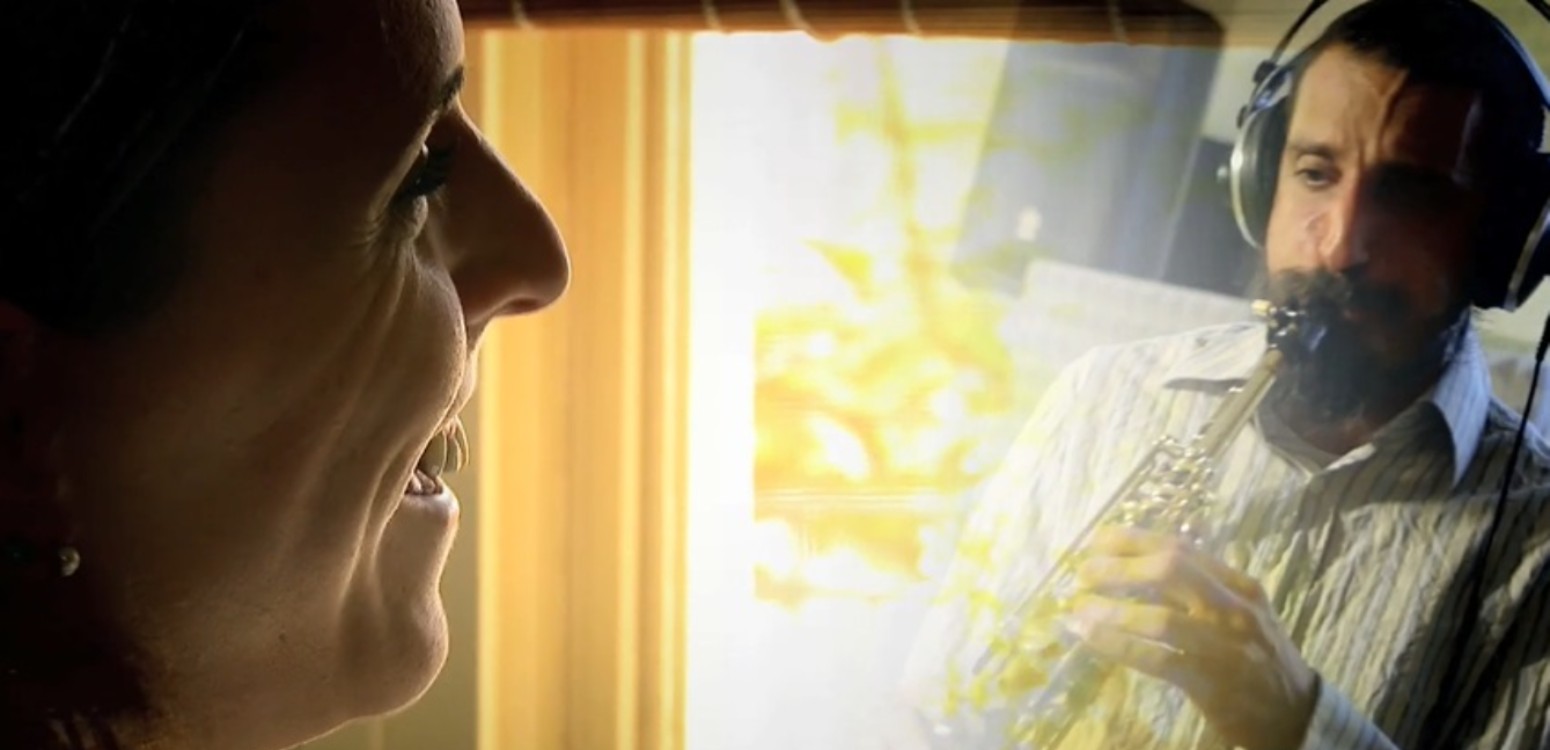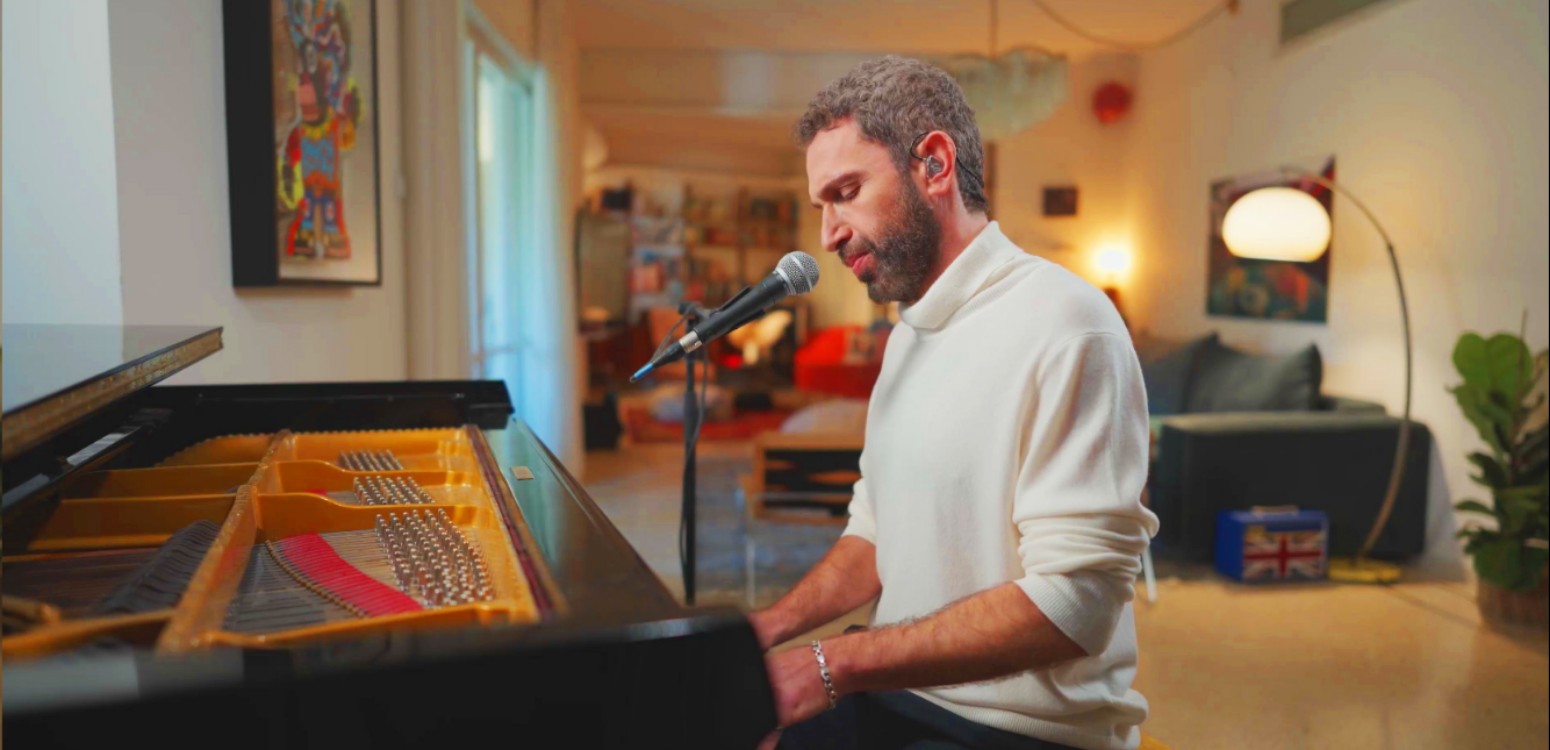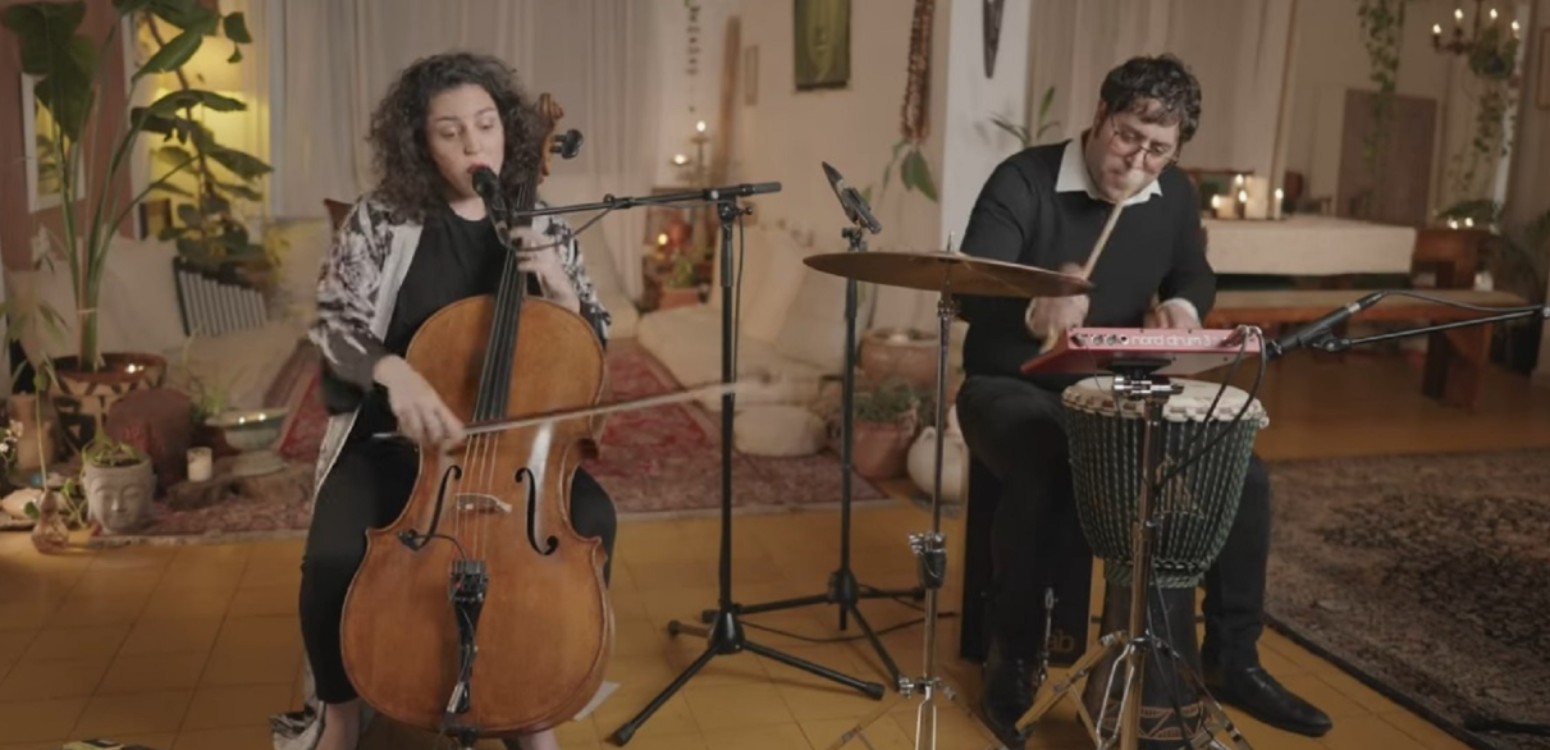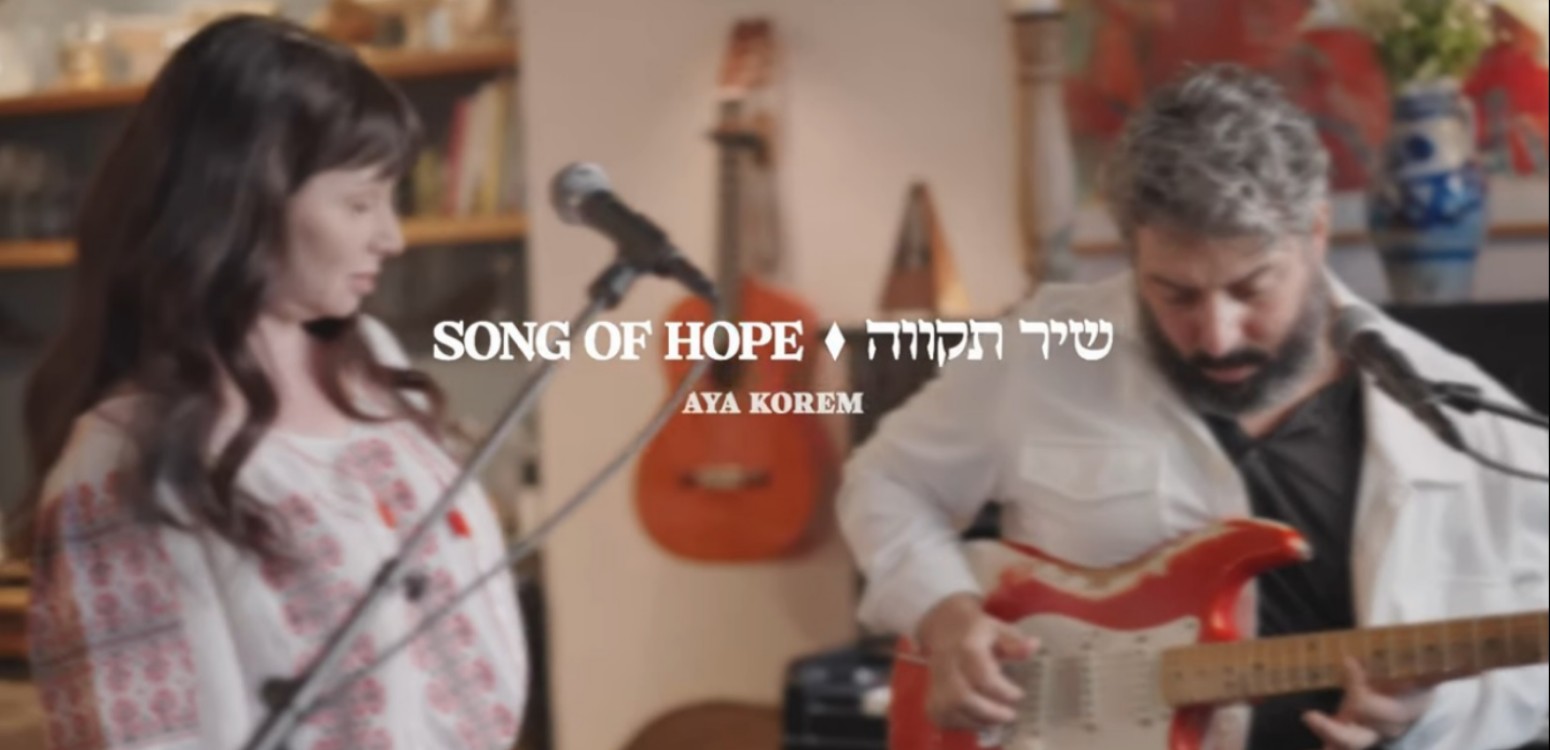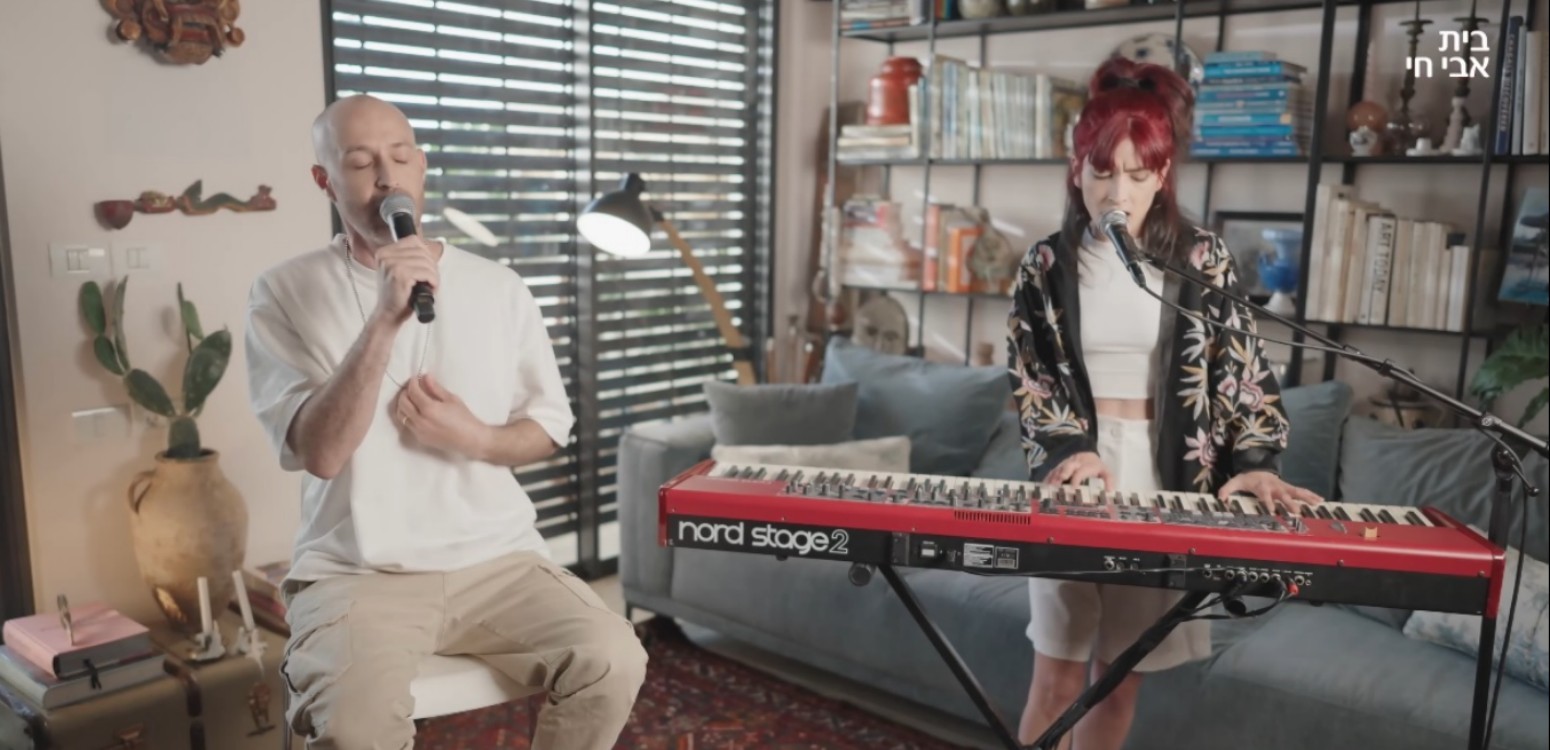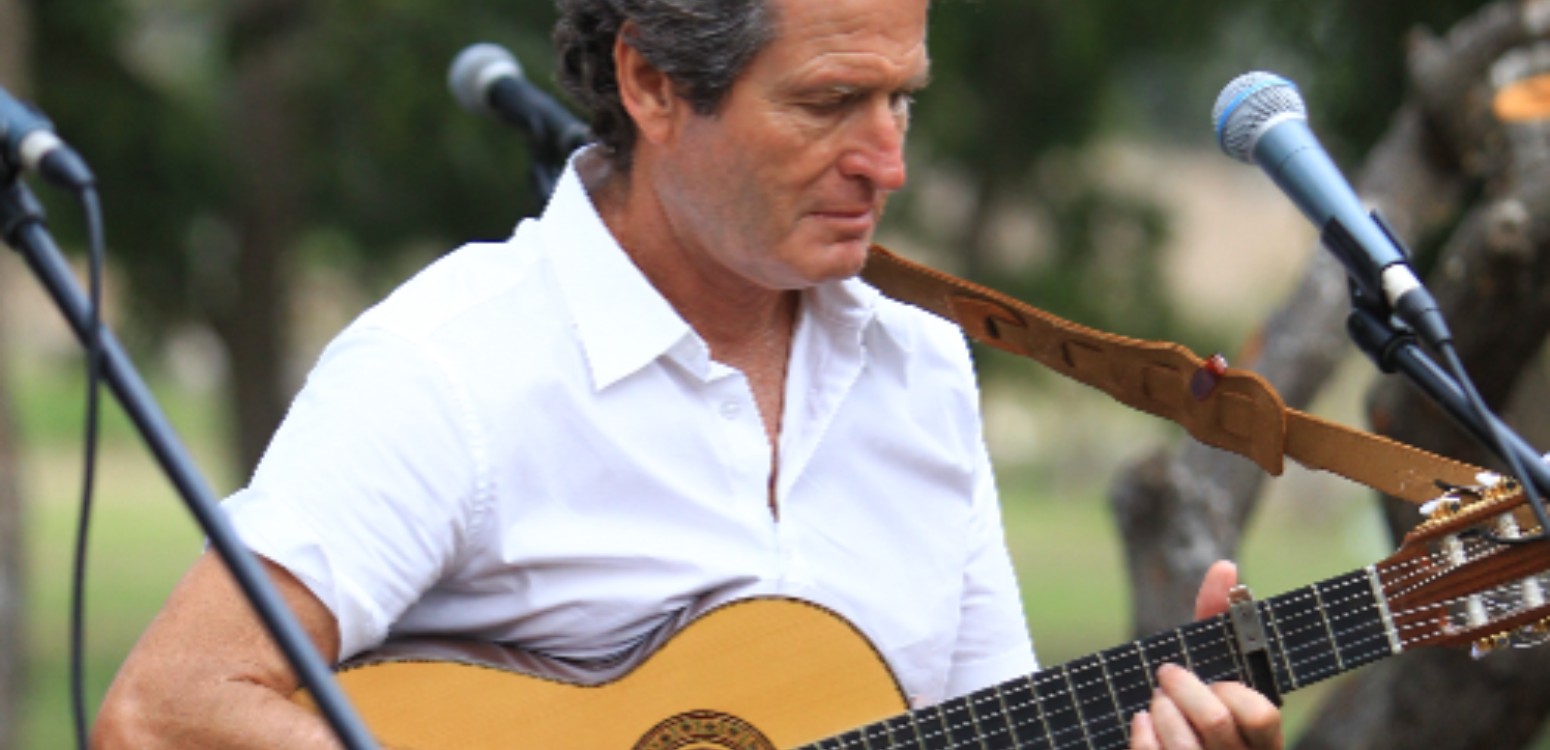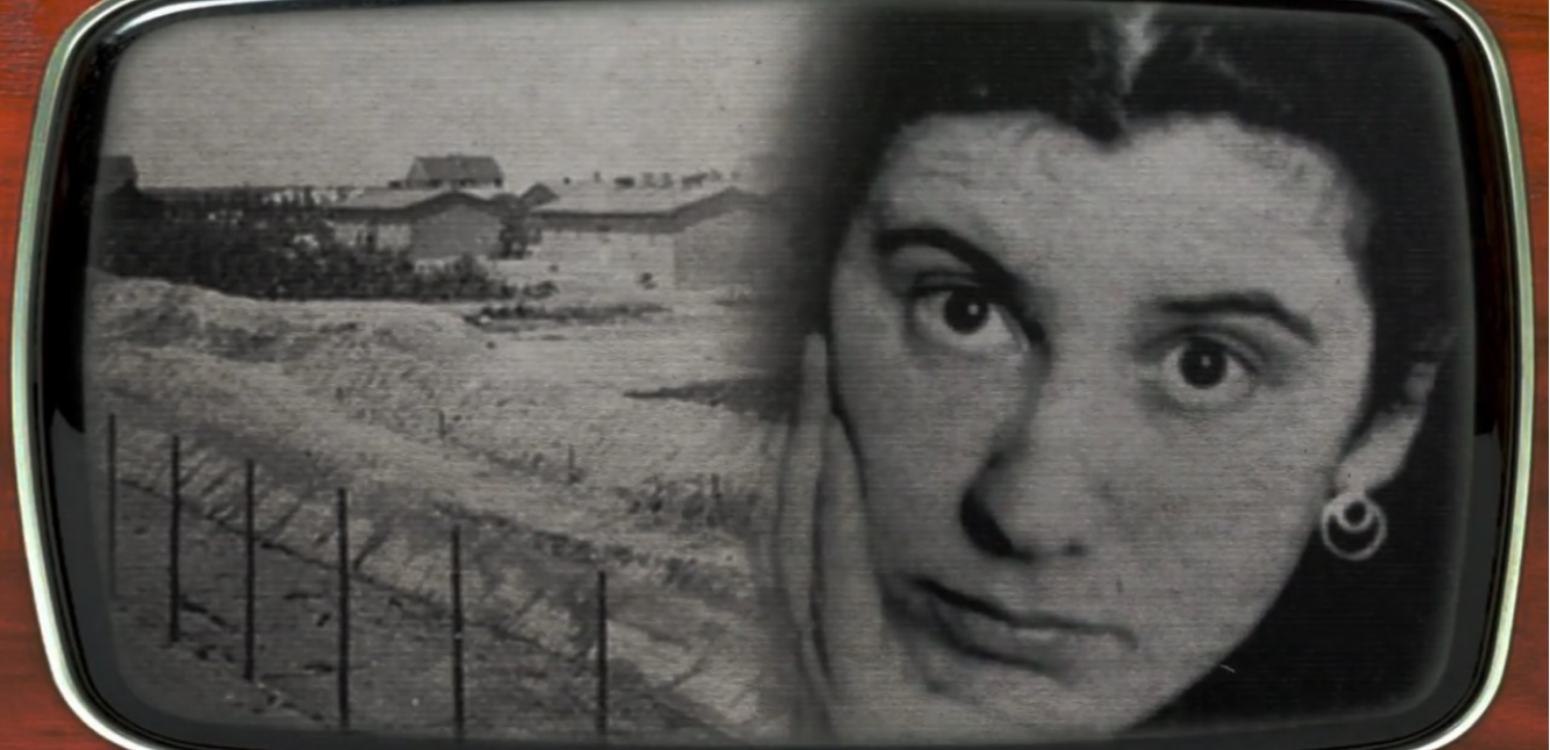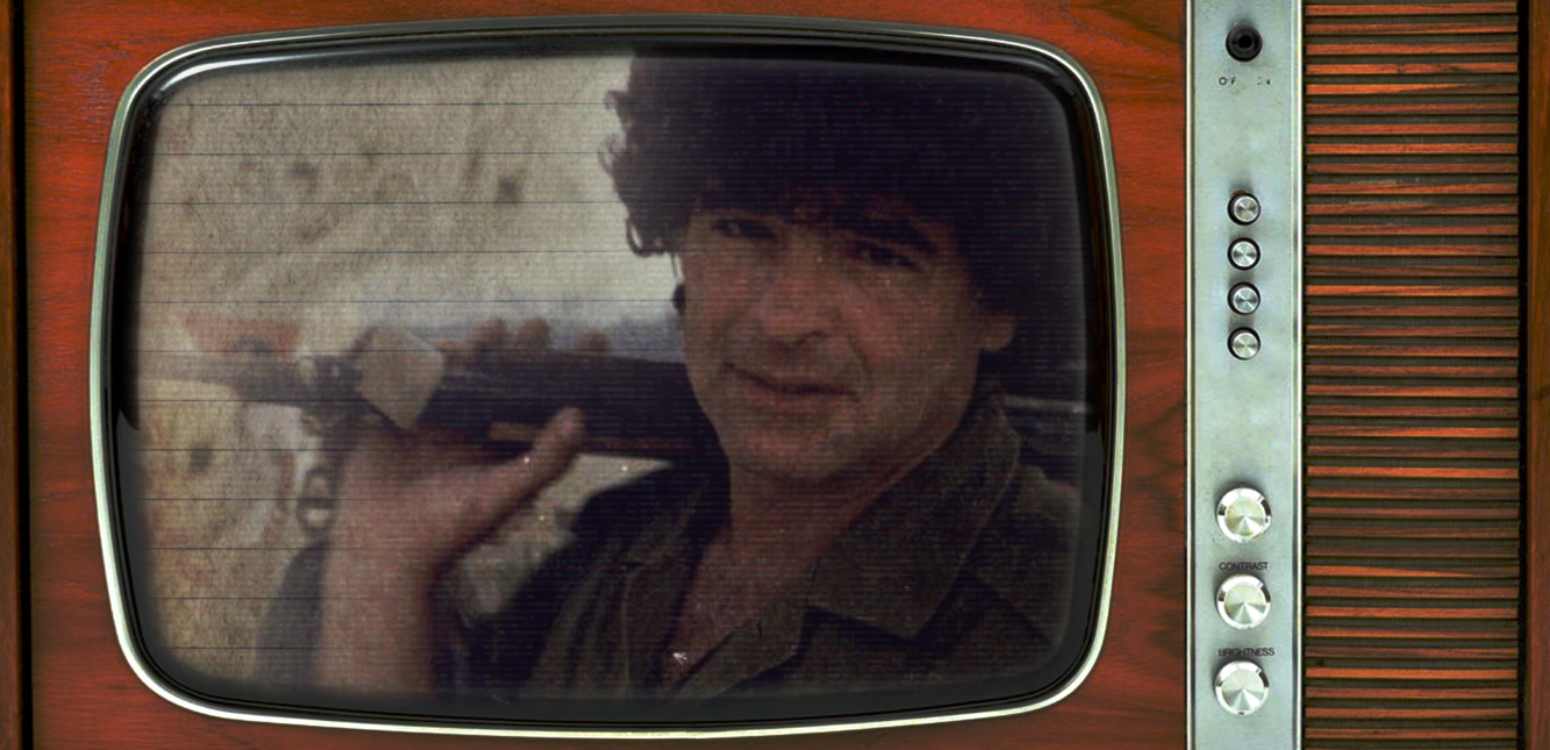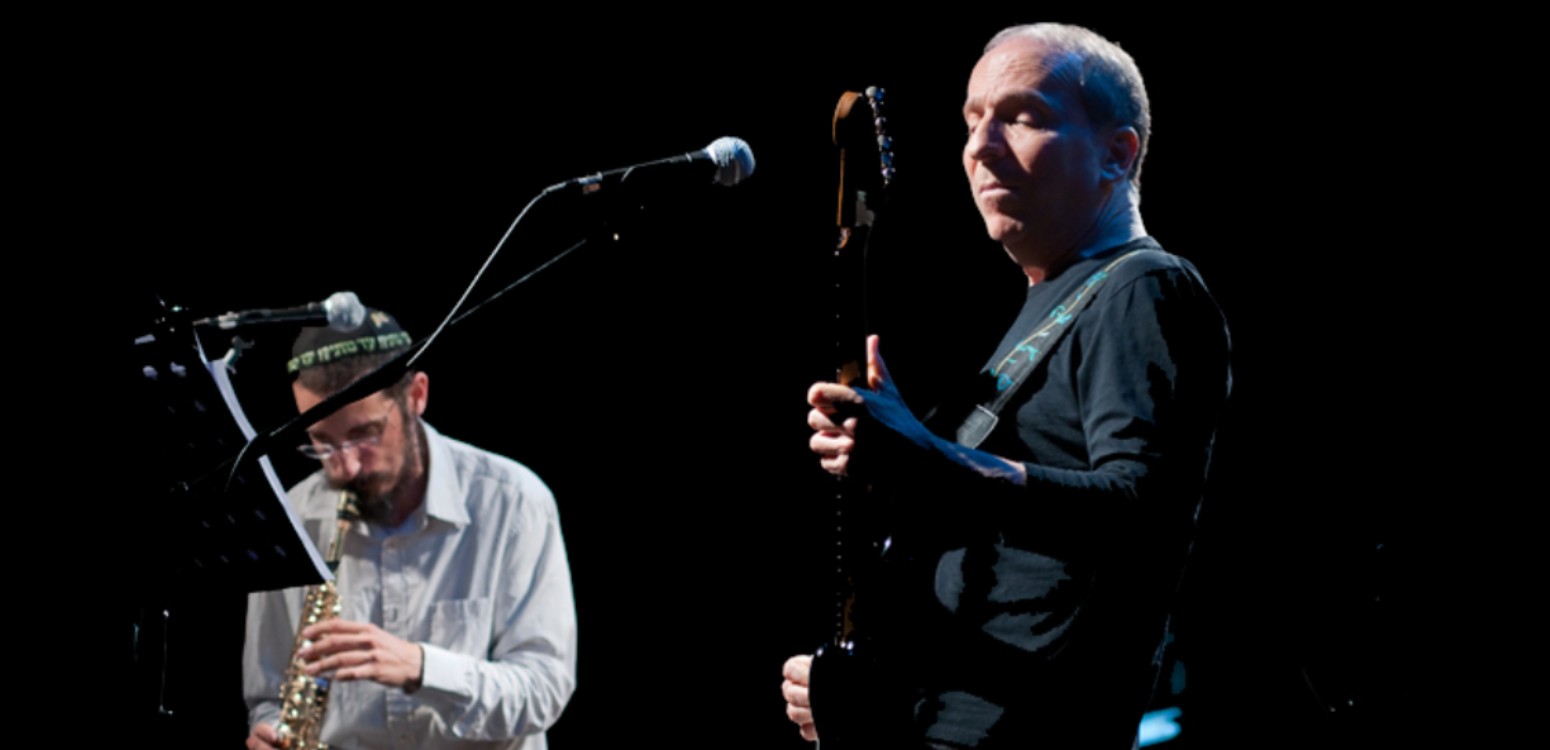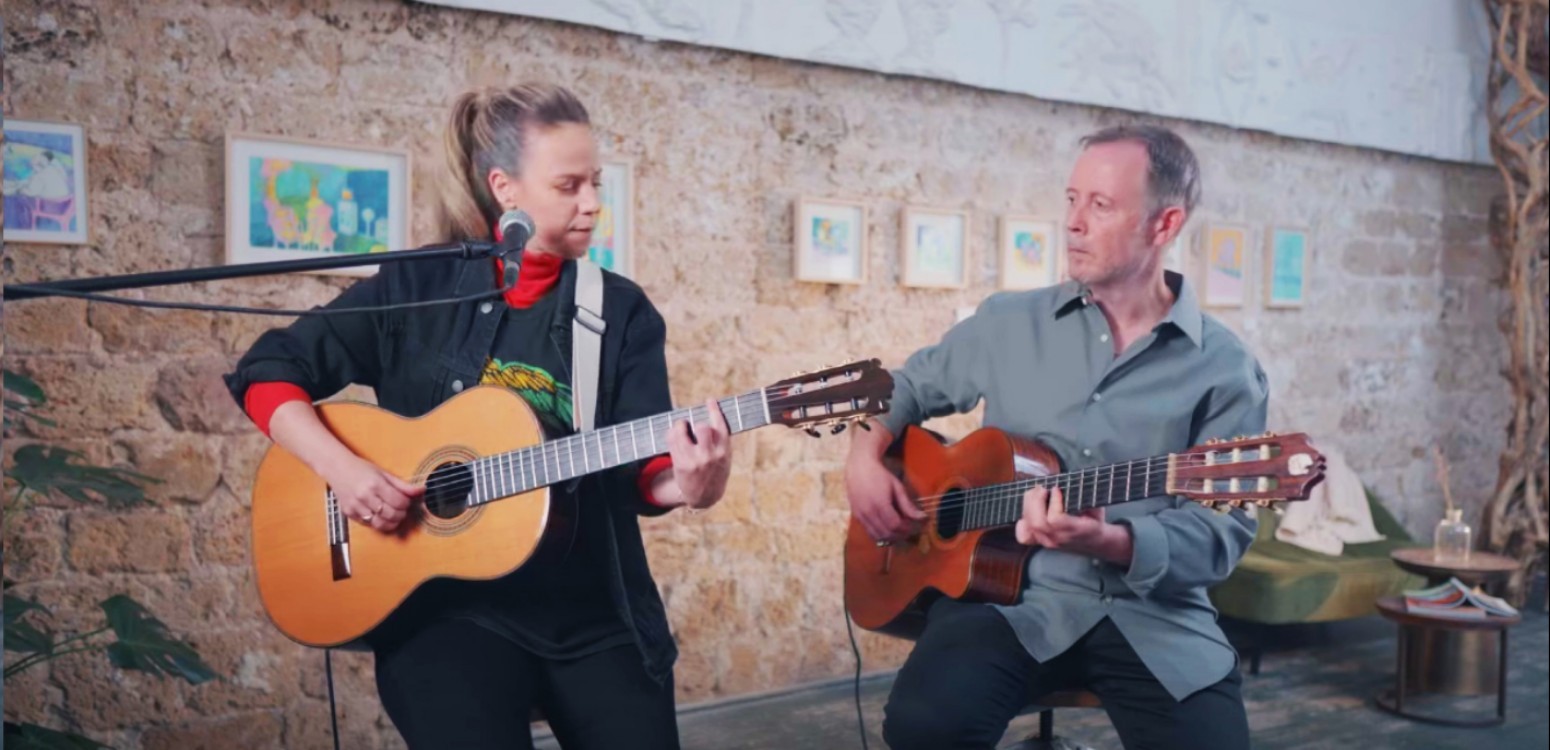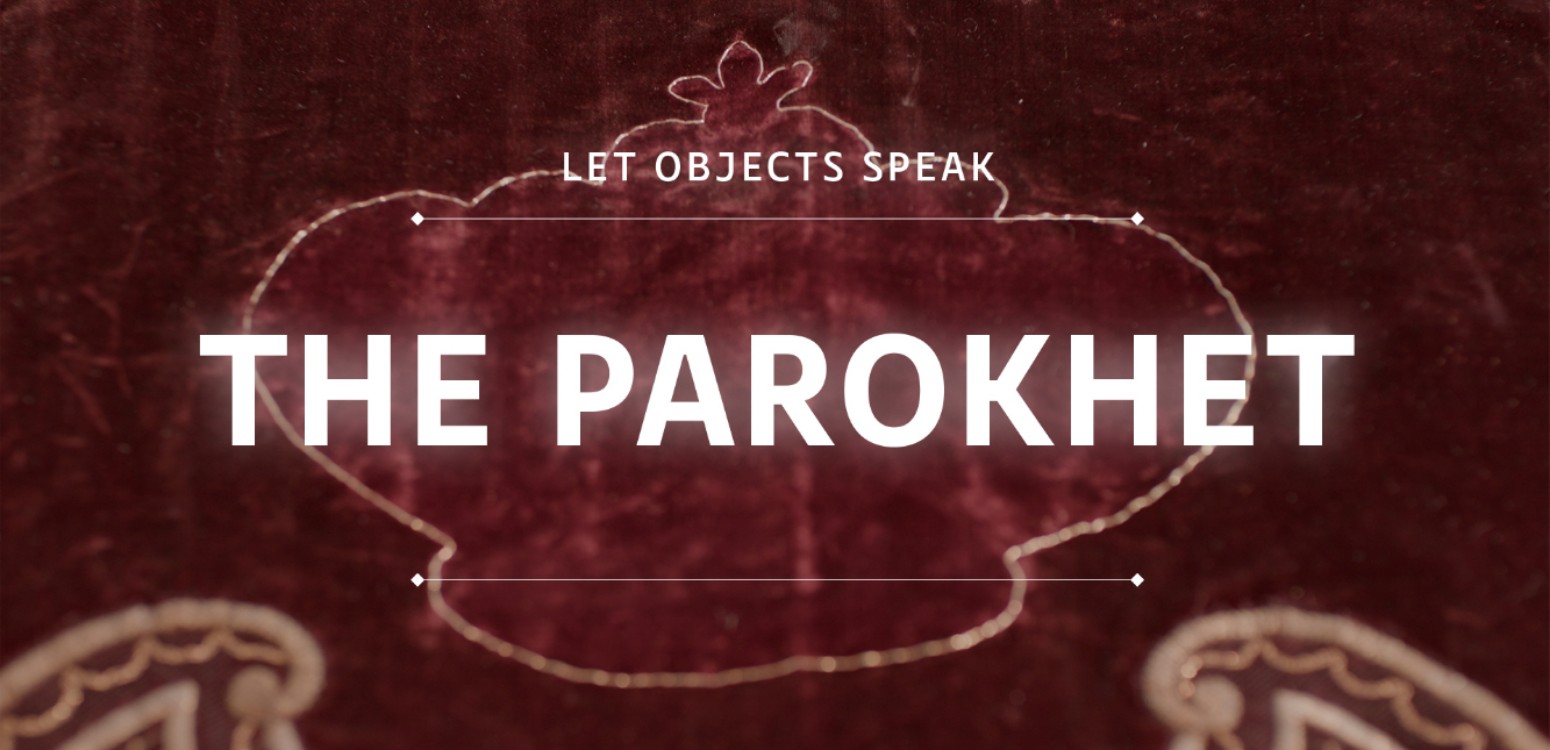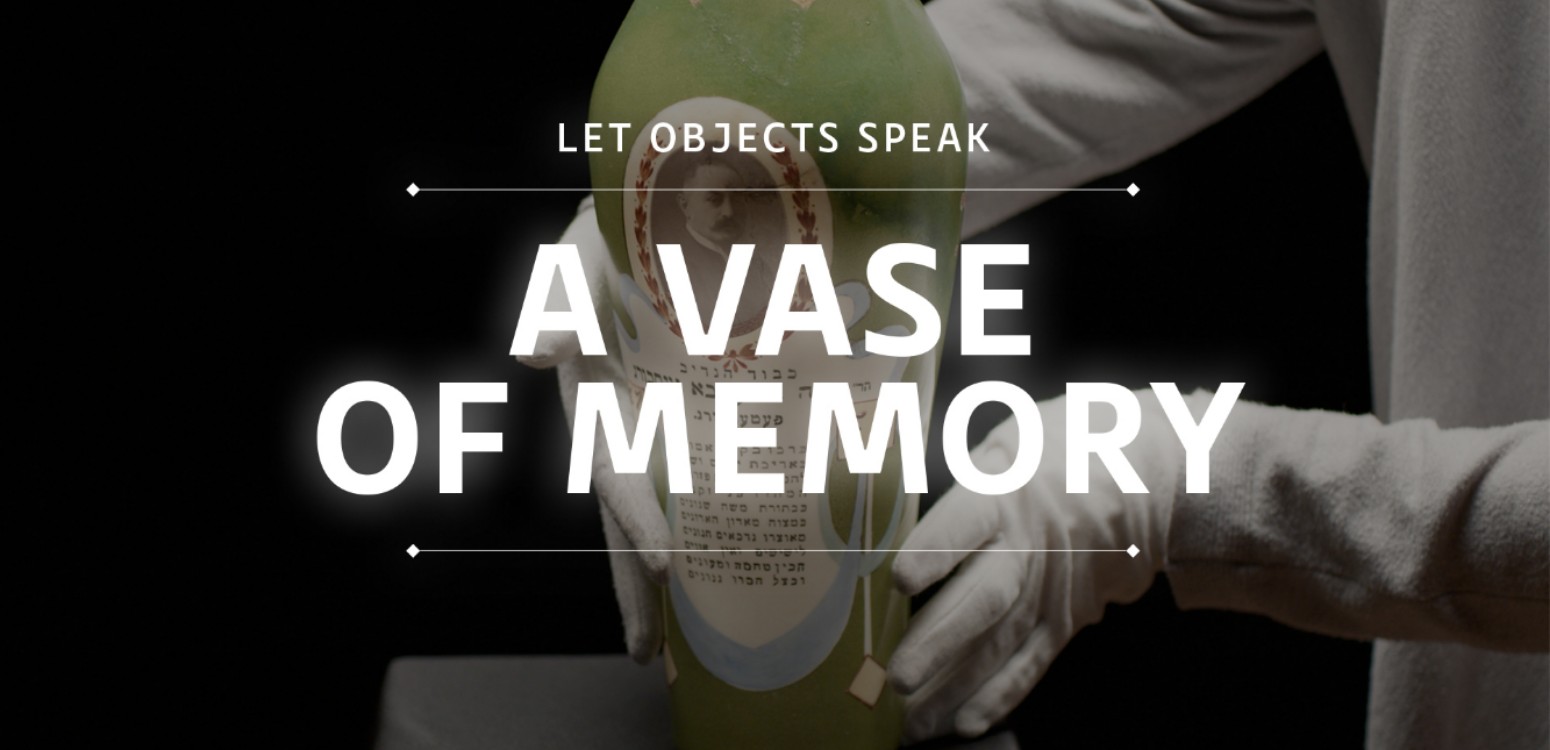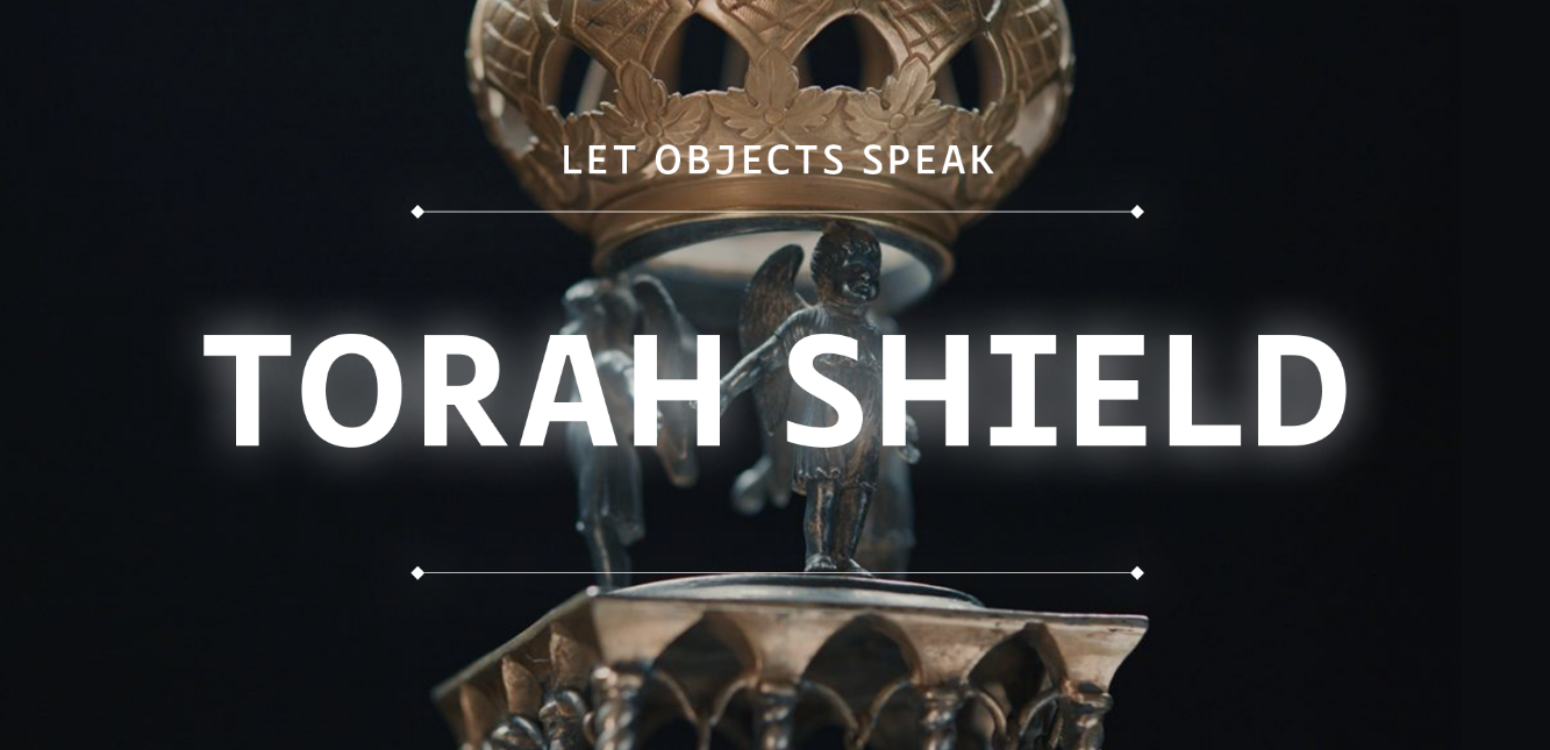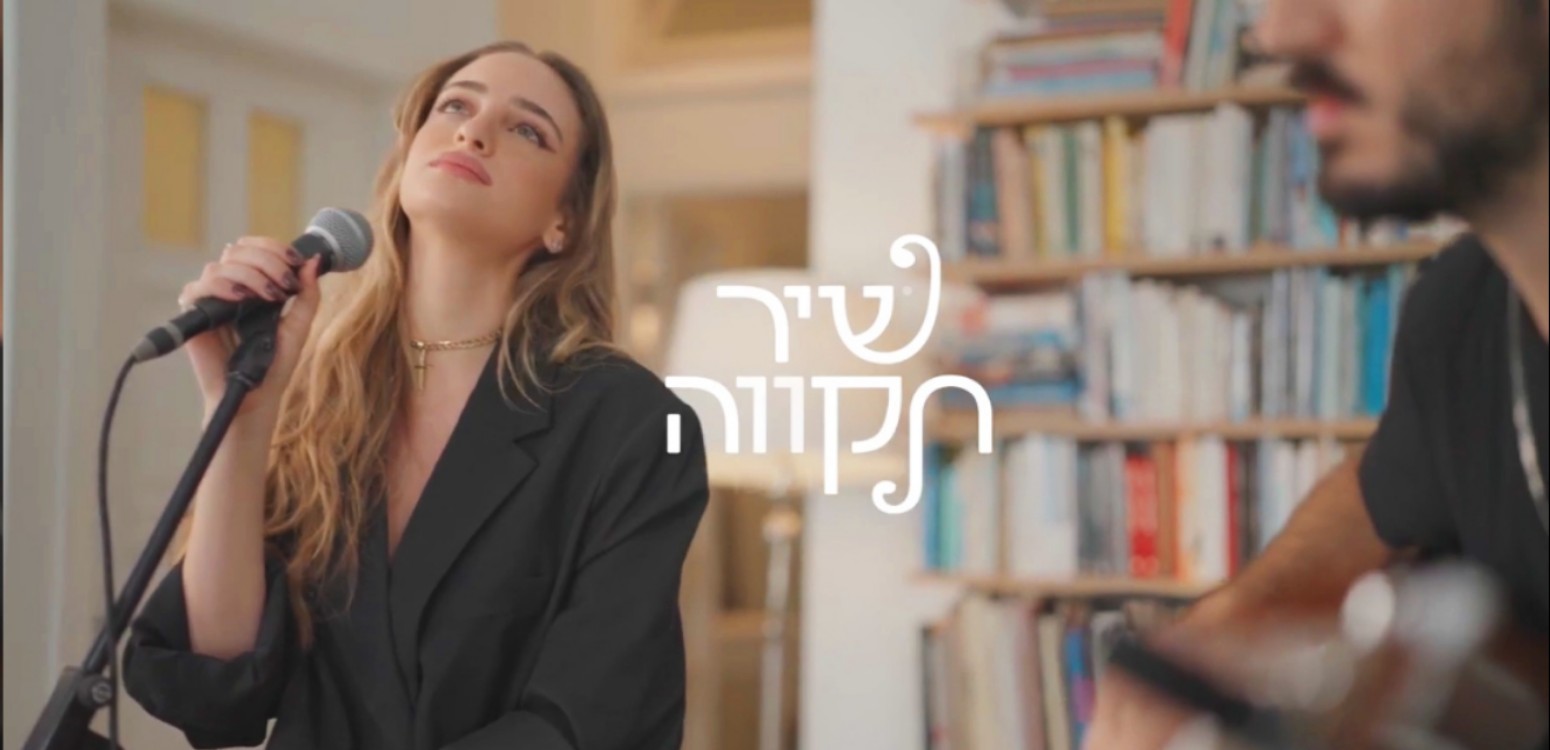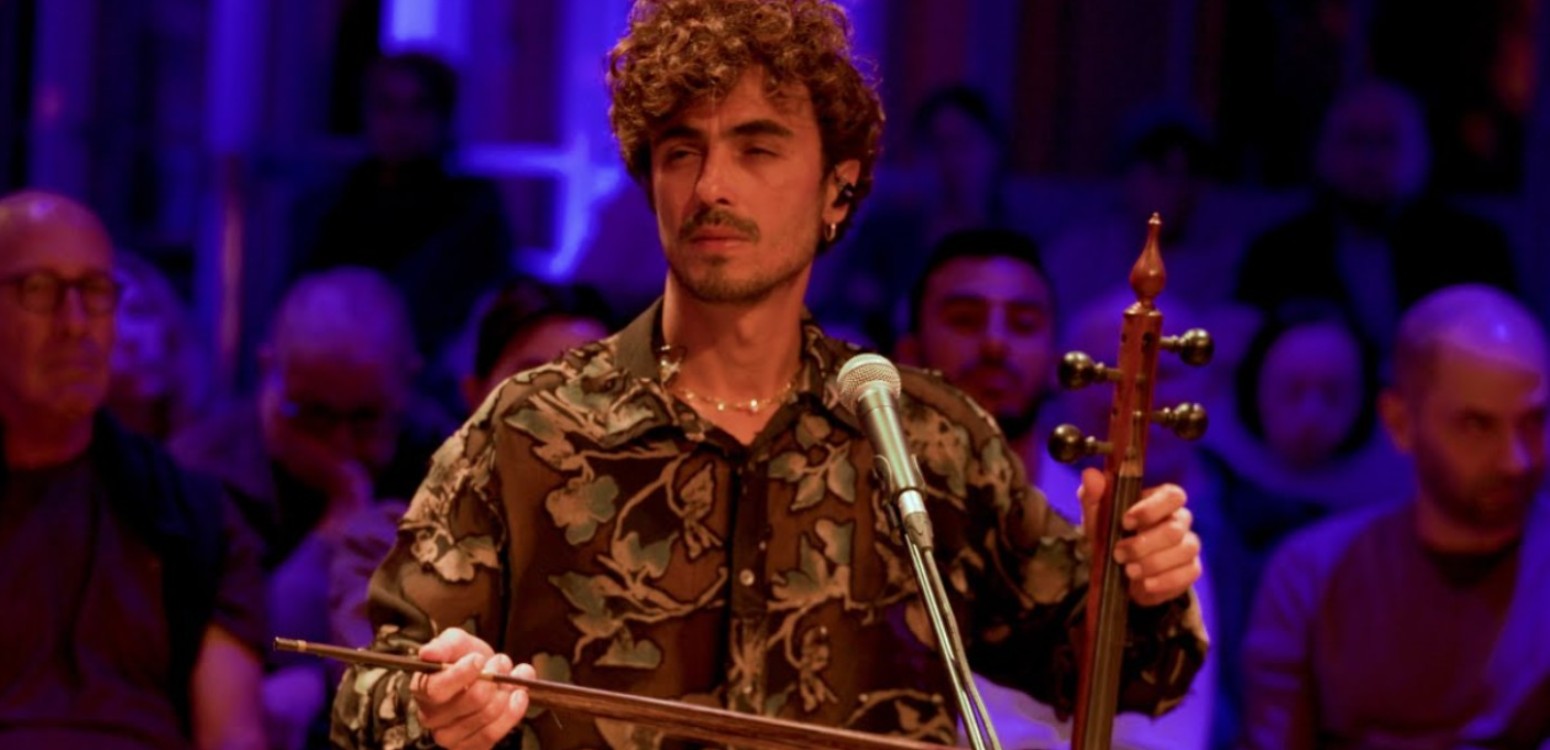
In Judaism, there is a delicate equilibrium between darkness and light, between joy
and adversity – and overcoming adversity has always been at the heart of Jewish
joy. It is this balance that should guide us as we ponder how to celebrate Purim this
year.
After October 7, most “happy” events in Israel have been cancelled or postponed.
Weddings, shows, parties – everything was put on hold. After what had happened,
and is still happening, it is bound to feel inappropriate to celebrate and rejoice. But
Purim obviously is different. It is a holiday and holidays are observed even in the
worst of times. So, the question is not if to celebrate Purim this year, but rather how
to do so.
Before trying to answer this question on a practical level, we need to look at the true
meaning of Purim, which is much more than children getting their Disney character
costume dirty with Hamantashen fillings. Purim actually commemorates the saving of
the Jewish people from annihilation; what could be more relevant than that?
October 7 has been dubbed the greatest disaster the Jewish people have
experienced since the Holocaust. The comparison between Hitler and Haman is old
and familiar, and nowadays Yahya Sinwar is seen as the heir to the throne of
absolute evil. All you need to do is Google hamantashen recipes to see that many
Israeli websites have rebranded them from Oznei Haman (Haman’s ears) to Oznei
Sinwar. The symbolism of Purim is related to the survival of the Jewish people, and
just like Haman or Hitler didn’t succeed in wiping the Jewish people off the face of
the earth, neither will Sinwar.
This latest comparison hasn’t entered the canon of Jewish art yet, but it is
reasonable to predict that it will, just as Hitler has. The most memorable artistic
reference to this comparison is that of the great illustrator, painter and cartoonist
Arthur Szyk, who managed to escape the Nazi horrors by immigrating to the US at
the beginning of World War II, while his mother and brother where murdered in the
Shoah. Szyk revisited ancient Jewish art, and his illustrated version of Megillat
Esther is remembered, among other things, due to the obvious parallels between
Haman and Hitler.._The_Book_of_Esther%2C_Szyk_and_Haman_(1950)._New_Canaan%2C_CT.jpg)
But the Holocaust and Purim came together not only in art but also in reality. As the
Yad Vashem archives show, Purim was celebrated even then. Testimonies and
photographs show that even in the ghettos and camps, Jews celebrated the holiday
of Purim with devotion. We hear stories of scrolls on torn pages, pieces of sugar as
mishloach manot, improvised costumes for the children, and reading from hidden
Megillot on the trains.
Just as it was vital to celebrate Purim during the Holocaust, it is vital to celebrate it
now. “The Purim story gives us the best historical perspective on faith which is
needed now more than ever when we are in a period of darkness,” says popular
Jewish educator Rabba Tamar Elad-Appelbaum, who heads a Jerusalem
congregation and is a frequent speaker at Beit Avi Chai Kabbalat Shabbat events.
“Just as Esther and Mordechai brought the people together, both political and
spiritual leaders are needed now who will unite the people. We are all our brother’s
and sister’s keepers and we have a commitment to help each other, especially those
who are wounded or bereaved. We need to stand together against evil. I say it is
faith, not just in God, but also in our ability to get through this time in our history and
conquer it through light.”
Elad-Appelbaum is also attuned to the fact that Purim is very much a children’s festival. As parents instinctively know – even when we mourn and refrain from celebrating, we don’t deny our children that joy. When entertainment began to gradually seep back into Israeli daily life, after October 7, the first thing that returned were children's events. The understanding that children's spirit should not be broken and that they have a deep phycological need for routine, meant the almost immediate revival of children's entertainment. Of course, celebrating Purim in the month of Adar is part of every Jewish child’s routine.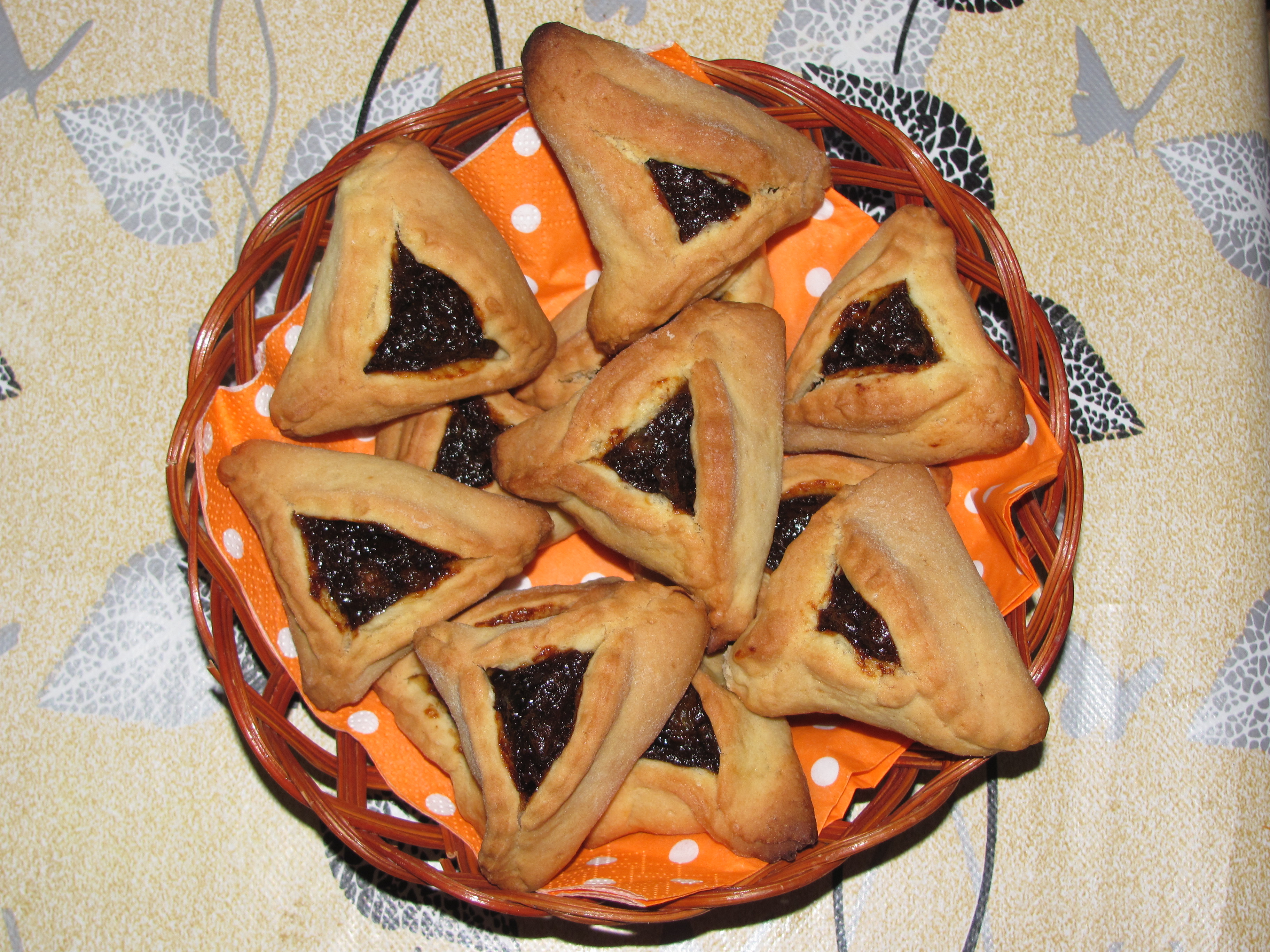
“It is absolutely essential that children feel they can joyously celebrate Purim this
year,” Elad-Appelbaum agreed. “A few months ago, a boy in our community asked
me if he could celebrate his bar mitzvah given the dark period we were going
through. I said that it was absolutely essential that he does so and that he feels
comfortable holding on to the beauty and the joy of the moment. We want to sanctify
life, and celebrating the festivals is absolutely the right way to do so. Purim is about a
collective courage to say we can see light.”
However, this year's Purim is a little different for the children as well. For instance,
there was an explicit instruction in Israeli schools not to dress up in violent or scary
costumes this year, not to use accessories such as toy guns or other weapons, and
to be extra sensitive when choosing a costume.
Many rabbis were recently asked how Purim should be celebrated in such a difficult
time. All agreed that Purim should be celebrated, not by ignoring reality, but rather
out of connecting to the true messages of the holiday. Chazal said, “When Adar
begins, we increase our joy”, but this joy should not be ignorant and escapist, rather
a joy in knowing that the people of Israel, through unity and heroism, will overcome
today, just as in they did in days of Esther.
This year’s Purim message is not simply one of merriment, but of unity. How is this
expressed in practice? By connecting the mitzvot of Purim to the victims of October 7
and this war. This is actually very easy and intuitive as the connection is practically
built into Purim observance.
The four main mitzvot of Purim are listening to the public readings of the Book of
Esther (k'riat megillah), sending food gifts (mishloach manot), giving charity to the
poor (matanot la'evyonim), and eating a festive holiday meal (se'udat mitzvah). All
four are extremely relevant and vital at this time.
The reading of the Megillah connects us to the ancient tale of the Jews saving
themselves – just as we need to do today. Special mishloach manot should be given
this year to bereaved families, to the families of the hostages and to soldiers on the
front. Matanot la'evyonim ;evyonim should be given to people who have lost their homes or
their income due to the war, and to families who have been displaced from their
homes in the south and the north. These people, of course, should be invited to the
festive holiday meal, as should lone soldiers (IDF soldiers who have no family in the
country).
In addition to lives lost, hostages, displaced families and financial strain, another
major crisis Israeli society is facing since October 7 is its citizens mental health.
Purim – a notoriously noisy holiday – can be quite triggering for those suffering from
anxiety or PTSD, as many these days do. In spite of this, Rabbi Yuval Cherlow, the
director of the Coalition of Religious Organizations for Mental Health, has stated that
Purim needs to be celebrated this year, so as to not let our enemies defeat our way
of life. However, it requires some modification, which is why Cherlow issued a
special ruling as to how Purim should be celebrated this time to help those with
traumas and mental health issues. Among other things, he stated that in order to be
sensitive to those suffering PTSD, graggers and other noisemakers should not be
used this year during the reading.
Purim this year may not look or feel exactly like any other Purim, but it might just be
more meaningful for it.
Rabba Tamar Elad-Appelbaum at BAC's English language Kabbalat Shabbat
Main Photo: Jan Victors - The Banquet of Esther and Ahasuerus\ wikipedia
Also at Beit Avi Chai

